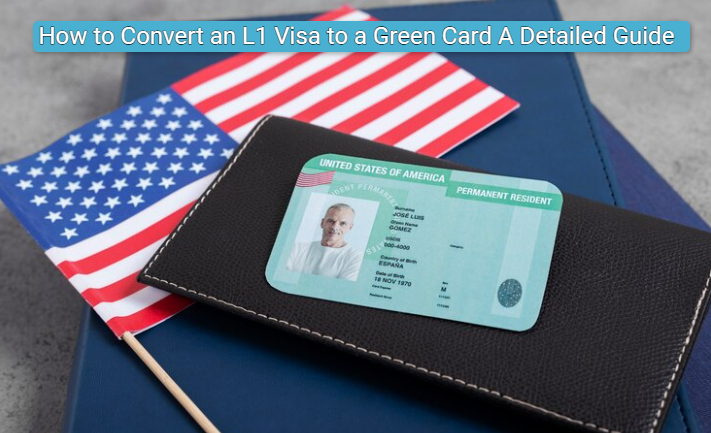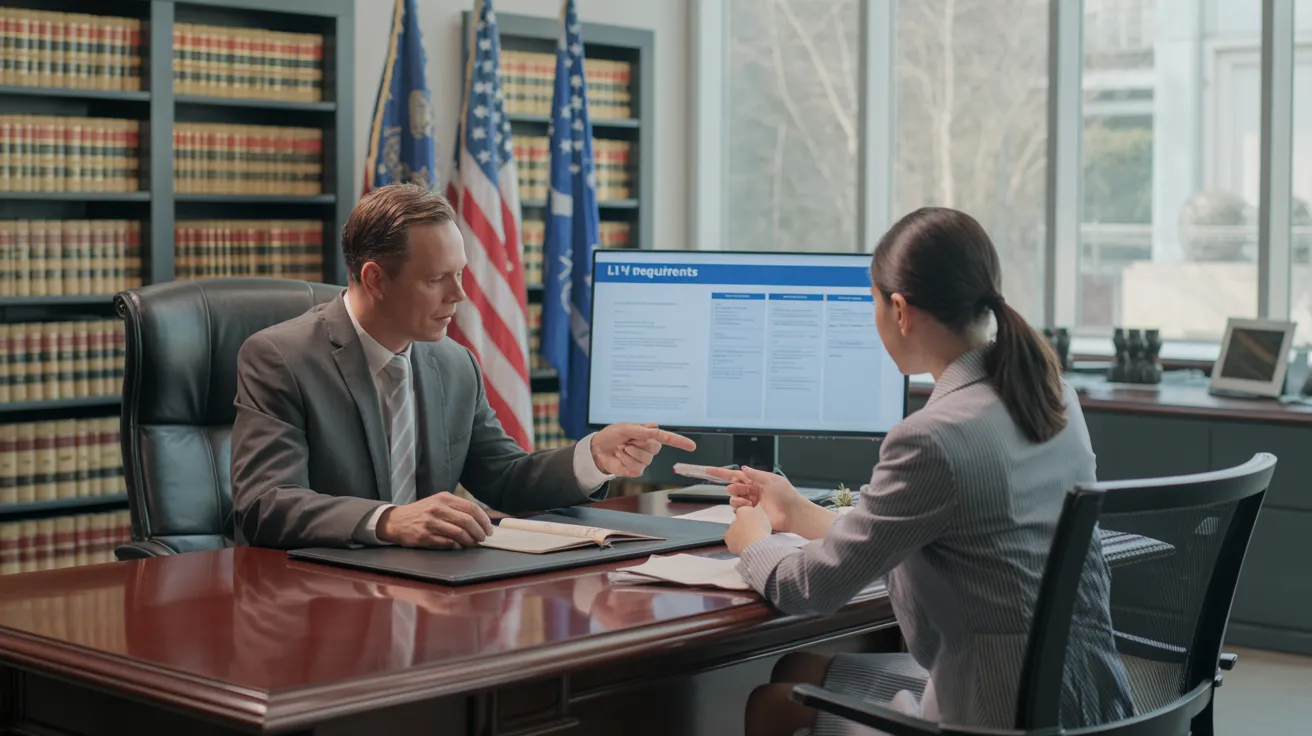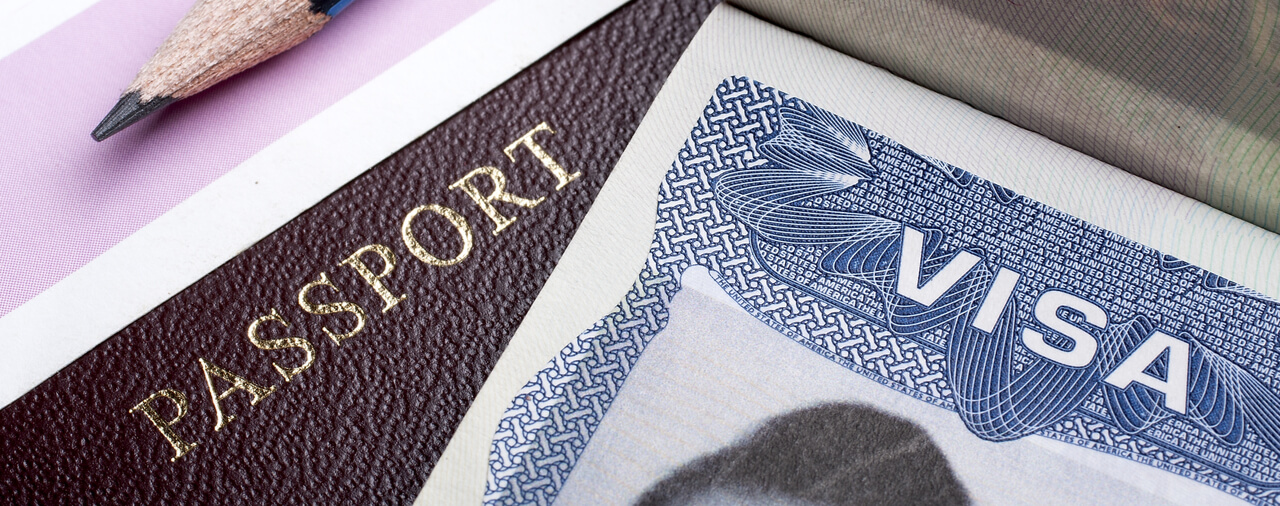L1 Visa Info
Opening Opportunities: A Comprehensive Guide to the L1 Visa Process
The L1 visa process presents a vital pathway for multinational firms looking for to transfer vital staff members across boundaries. Understanding the subtleties of qualification criteria, the differences between L-1A and L-1B visas, and the ins and outs of the application process can greatly impact an applicant's success. Nevertheless, maneuvering this facility landscape is not without its difficulties, and cautious focus to documentation and company sponsorship is vital. As we explore the essential components of this process, the strategies for getting over possible challenges will become obvious, exposing exactly how notified preparation can open up a globe of opportunities.
Understanding the L1 Visa
Comprehending the L1 visa requires acknowledging its value as an essential tool for multinational companies looking for to move experienced staff members in between worldwide offices. This non-immigrant visa classification promotes the activity of execs, supervisors, and specialized knowledge workers to the United States, thus enabling organizations to preserve functional continuity and harness international ability efficiently. The L1 visa is divided into 2 key classifications: L-1A for managers and executives, and L-1B for staff members having specialized knowledge.The L1 visa offers a crucial role in boosting a business's one-upmanship in the global industry - L1 Visa Requirements. By enabling business to relocate their key workers, organizations can guarantee that critical tasks are handled by certified individuals that are already acquainted with the firm's society and functional procedures. This interior transfer system not only cultivates knowledge sharing but additionally promotes development and partnership throughout borders.Moreover, the L1 visa is commonly preferred for its reasonably simple application procedure contrasted to other visa categories, as it permits double intent, permitting holders to go after long-term residency while on a short-term job visa. This feature makes the L1 visa particularly appealing for both companies and employees, as it simplifies the pathway for skilled professionals to develop long-term residency in the United States
Qualification Standards
Eligibility for the L1 visa rests on numerous key standards that assure both the employee and the employer satisfy specific qualifications. This non-immigrant visa is designed for international companies to move employees from foreign offices to united state counterparts.Firstly, the company must be a qualifying company, which consists of a parent company, branch, affiliate, or subsidiary of a united state organization. The firm should have been doing service for at least one year both in the U.S. and abroad. This ensures that the business has enough functional security and a genuine presence.Secondly, the worker should hold a managerial, executive, or specialized knowledge placement. For L1A visas, the candidate needs to demonstrate supervisory or executive qualifications, while L1B visas concentrate on specialized expertise pertaining to the company's products, solutions, or procedures. Additionally, the employee needs to have functioned for the foreign entity for a minimum of one continual year within the last three years prior to their application.Lastly, the staff member's function in the U.S. have to straighten with their previous position, making certain that their skills and proficiency are leveraged for the company's advantage.
Sorts Of L1 Visas
The L1 visa category comprises 2 main types created to promote the transfer of employees within multinational business: the L1A visa for managers and executives, and the L1B visa for staff members with specialized understanding. Each type offers distinct functions and has certain eligibility criteria.The L1A visa is customized for individuals that hold managerial or executive placements within a company. This visa enables high-level employees to move to a united state branch, subsidiary, or affiliate of the same organization. Applicants for the L1A visa have to demonstrate that they have actually been employed in a managerial or executive capacity for at the very least one constant year within the previous 3 years before their application. Furthermore, this visa supplies a much longer duration of stay, at first approved for 3 years, with the opportunity of expansions for up to seven years.In comparison, the L1B visa is planned for professionals with specialized expertise related to the business's items, solutions, or processes. To certify, candidates should confirm that their expertise is vital to the organization and that they have actually benefited at the very least one continual year within the last 3 years in a function that required this specialized understanding. The L1B visa is originally granted for 3 years, with expansions readily available for approximately five years.Both visa kinds are important for companies seeking to boost their worldwide procedures by leveraging proficient workers, therefore promoting development and efficiency within the united state market.
Application Process
Guiding with the L1 copyright process includes numerous crucial steps that should be meticulously followed to assure a successful end result. The process begins with the U.S. employer, who should first develop eligibility by demonstrating a certifying partnership with the foreign entity and validating that the employee fulfills the particular requirements for the L1 visa classification being sought.Once eligibility is verified, the employer starts the process by submitting Type I-129, the Request for a Nonimmigrant Employee, with the United State Citizenship and Immigration Services (USCIS) This kind needs to be come with by a comprehensive description of the work tasks to be executed, the business framework of both the united state and foreign entities, and the worker's certifications. It's essential to confirm that all info is accurate and total, as noninclusions or errors can lead to hold-ups or denials.Upon approval of the I-129 petition, the following action entails the employee getting the L1 visa at an U.S. consular office or consulate in their home country. This phase calls for the completion of Type DS-160, the Online Nonimmigrant copyright, and scheduling a meeting. During the meeting, the applicant must offer proof sustaining their credentials and the company's petition.After the visa is given, the staff member can go into the United States to operate in the designated duty. Overall, cautious preparation and adherence to each action of the application procedure are important for an effective L1 visa result.
Called for Documents

Essential Types Needed
Steering the L1 Visa process requires cautious interest to the important types and documents needed for a successful application. The primary type required is the Kind I-129, Application for a Nonimmigrant Employee, which must be completed and sent by the U.S. company. This type describes the information of the employment deal and the qualifications of the employee seeking the L1 Visa.Alongside Kind I-129, the candidate will certainly need to complete Kind I-539 if accompanying member of the family are also making an application for visas. Furthermore, the employer has to supply evidence of the qualifying partnership between the united state entity and the international entity, often requiring the entry of corporate files such as write-ups of incorporation or financial statements.Moreover, it is vital to include the L Category Supplement to Type I-129, which specifies the sort of L Visa being asked for-- either L-1A for managers and execs or L-1B for employees with specialized understanding. Finally, candidates should ensure that all kinds are signed and dated appropriately, as incomplete entries can lead to hold-ups or rejections. Appropriately assembling these vital forms lays the structure for a smoother L1 copyright procedure.

Sustaining Evidence Requirements
Sustaining documents is important for a successful L1 copyright, as it corroborates the insurance claims made in the petition. Candidates should provide an array of papers to show qualification for the visa, which is categorized right into 2 primary types: evidence of the certifying connection between the united state and international entities and evidence of the applicant's qualifications.To establish the relationship, applicants must send paperwork such as company organizational graphes, economic declarations, and proof of possession. These documents verify that the international business has a certifying partnership with the U.S. employer, whether as a moms and dad business, subsidiary, branch, or affiliate.For the candidate's qualifications, vital files include a thorough employment letter from the international employer, detailing the applicant's job title, tasks, and duration of work. Furthermore, instructional credentials, such as levels and diplomas, should be provided to confirm the applicant's proficiency in the pertinent field.
Company Sponsorship Records

Typical Obstacles
Maneuvering the L1 visa process offers a number of typical challenges that candidates should recognize. Secret concerns typically consist of rigid documents demands, prospective delays in handling times, and the requirement for rigorous legal conformity. Comprehending these obstacles can help candidates better prepare and alleviate risks during their copyright trip.
Documents Demands
The L1 copyright process usually offers considerable obstacles connected to documents requirements. Applicants must supply comprehensive paperwork to develop qualification, which can cause complication and possible hold-ups. Trick records include proof of a certifying partnership between the U.S. and international company, evidence of the applicant's employment background, and detailed info regarding the task duty in the U.S.One typical challenge is collecting sufficient proof to demonstrate the nature of the qualifying relationship. Business usually have a hard time to present clear business charts or economic statements that illustrate the link between the entities. In addition, ensuring that letters of assistance from companies properly show the applicant's task tasks and credentials is important, as vague descriptions can result in denials.Another issue arises from the requirement for in-depth work descriptions that align with the L1 visa groups. Applicants must articulate not just their existing role however also their supervisory or customized understanding obligations clearly. This demands a comprehensive understanding of both the applicant's position and the regulative language used in L1 applications.
Handling Time Hold-ups
Experiencing delays in handling times is a typical challenge faced by L1 visa candidates, frequently causing disappointment and uncertainty. Numerous variables add to these hold-ups, consisting of high application volumes, boosted examination of applications, and administrative stockpiles within the U.S. Citizenship and Immigration Solutions (USCIS) Candidates may discover that handling times can differ significantly depending on the solution center handling their application, as each center has its very own work and effectiveness degrees. In addition, the complexity of the applicant's instance, such as the requirement for considerable paperwork or explanation, can additionally extend wait times.In some instances, concerns associated with the applicant's present immigration condition or previous visa background may additionally result in extra hold-ups, as USCIS may need more testimonial or info. It is essential for candidates to stay proactive during this duration, maintaining open communication with their companies and lawful representatives to deal with any type of prospective concerns promptly.Understanding these processing time difficulties can assist L1 visa applicants get ready for feasible delays and alleviate the effect on their shift and occupation strategies. Perseverance and diligence are important virtues in navigating this complex procedure.
Lawful Compliance Issues
Many L1 visa candidates encounter lawful compliance concerns that can complicate their trip towards getting the visa. Comprehending and adhering to the specific guidelines set by the united state Citizenship and Migration Solutions (USCIS) is crucial. Common difficulties include demonstrating the qualifying partnership in between the foreign and U.S. employers, along with confirming that the candidate has the requisite specific expertise or managerial capacity.Additionally, applicants have to supply complete documentation detailing their work obligations, company framework, and financial practicality of the U.S. entity. Inadequate or imprecise paperwork can bring about hold-ups or perhaps denials. Employers have to also ensure that they follow labor legislations, consisting of wage and working condition requirements, which can influence visa eligibility.Another common concern involves preserving conformity with the terms of the visa as soon as granted. Changes in work standing, job responsibilities, or company framework click here can necessitate modifications to the visa, which if not addressed promptly can bring about legal issues. Because of this, remaining educated about compliance needs and looking for lawful counsel when needed is important to browse the intricacies of the L1 visa procedure effectively.
Tips for Success
Success in the L1 copyright procedure commonly hinges on careful prep work and attention to detail. To boost your opportunities of authorization, start by thoroughly understanding the qualification requirements for both the L1A and L1B visa groups. Review whether your placement at the company certifies as managerial, executive, or specialized expertise, as this classification significantly impacts your application.Next, gather considerable documents that corroborates your insurance claims. This includes organizational graphes, detailed work descriptions, and evidence of the business's operational framework. Clear and concise proof of the certifying partnership in between the united state entity and the international entity is vital. Verify that all records are arranged logically and presented in an expert way, as this reflects your dedication and seriousness concerning the application.Engage the solutions of a seasoned immigration attorney that concentrates on L1 visas. Their proficiency can show very useful, guiding you with complex laws and guaranteeing that all paperwork abides with existing regulations. Furthermore, prepare for the meeting by practicing responses to usual questions and preparing to review your function and contributions to the business in depth.
Often Asked Questions
Can Household Members Go Along With the L1 Visa Holder?
Yes, member of the family of L1 visa owners, consisting of partners and unmarried kids under 21, can accompany the key visa holder. They might also get L2 visas, which enable them to reside in the USA.
The Length Of Time Can I Remain On an L1 Visa?
The L1 visa allows preliminary stays of up to 3 years, with the opportunity of expansion. L1A visa holders may stay for a maximum of seven years, while L1B visa holders can remain for 5 years.
Can L1 Visa Owners Get a copyright?
Yes, L1 visa owners can request a permit. L1 Visa. They might go after irreversible residency through employment-based categories, generally requiring sponsorship from their company, offered they satisfy the necessary credentials and paperwork demands
What Occurs if My L1 copyright Is Denied?
If your L1 copyright is rejected, you may receive a notice outlining the factors for denial. You can look for to appeal the decision, reapply, or check out alternative visa choices based on your conditions.
Exist Any Type Of Travel Constraints With an L1 Visa?
An L1 visa generally enables global travel; however, re-entry to the U. L1 Visa.S. is contingent upon maintaining legitimate status. Vacationers need to assure compliance with visa problems to stay clear of complications upon return
Verdict
